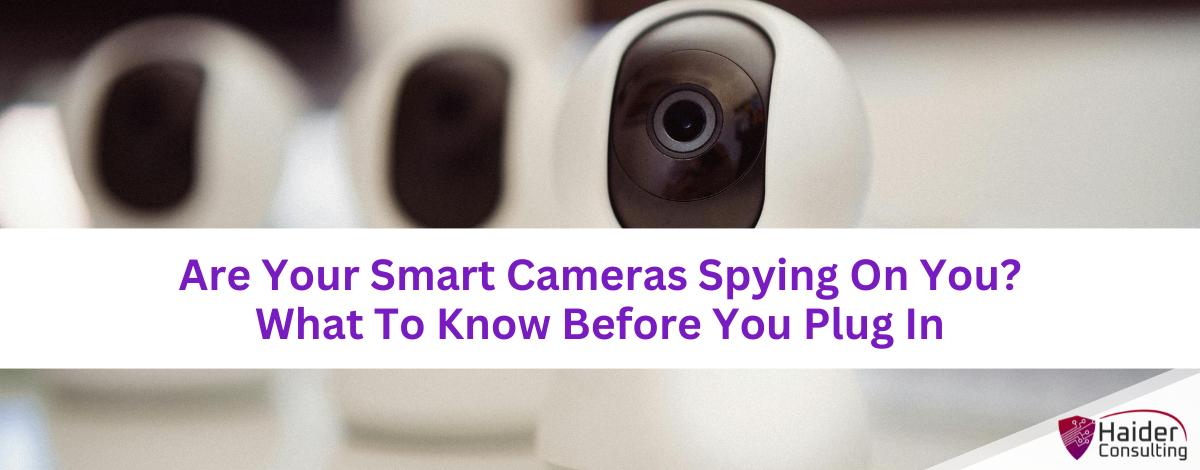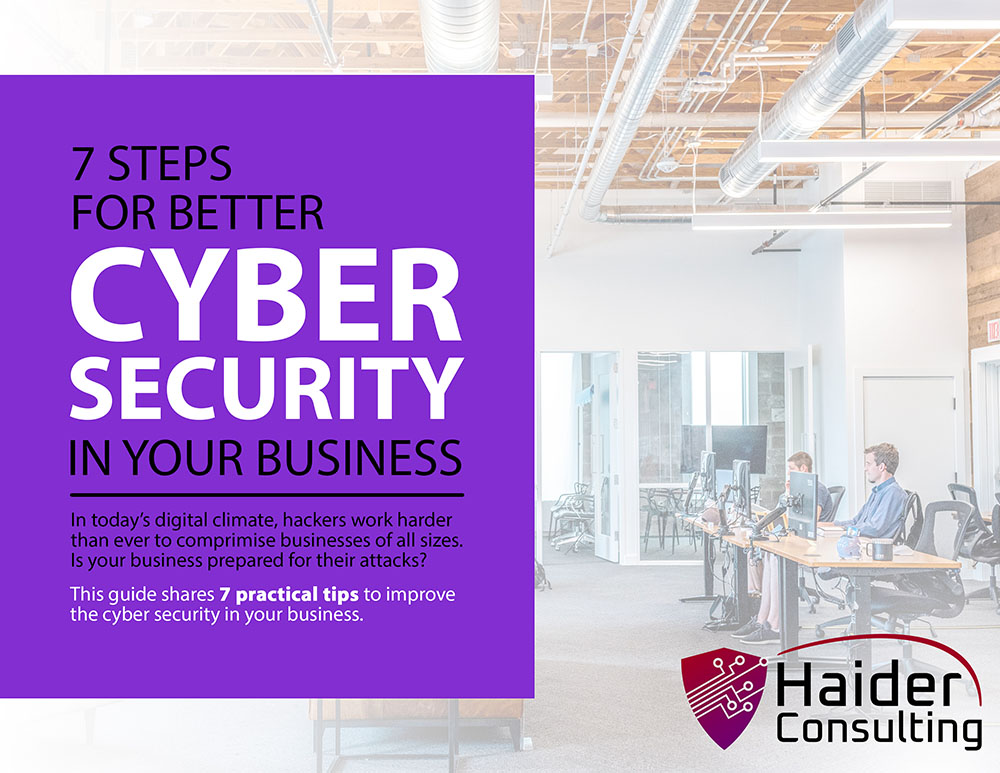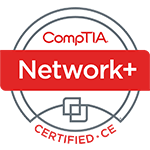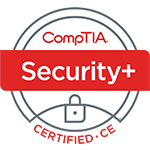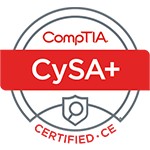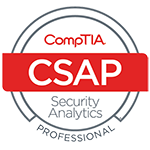In 2020, a Mississippi family lived through a nightmare. Their eight-year-old daughter heard a man’s voice coming from her bedroom — but it wasn’t her father. A hacker had broken into their Ring security camera and was speaking directly to her through the device, even playing music and taunting her until her parents rushed in to unplug it.
Later, Ring confirmed that the hacker hadn’t broken through their systems — the family had reused an old, compromised password.
It’s a disturbing story, but unfortunately, it happens far too often. Smart cameras and other connected devices are everywhere now, used in both homes and small businesses to increase safety and convenience. But without the right security settings, these devices can do the exact opposite — giving hackers a front-row seat into your world.
Smart Cameras: Convenient, But Not Always Secure
Smart cameras can be a great business tool. They’re affordable, easy to install, and allow business owners to monitor storefronts, parking lots, and offices from anywhere. But there’s a tradeoff: every device connected to the internet is a potential entry point for cybercriminals.
On top of that, not all cameras are built with strong security in mind. Some low-cost or off-brand models skip key protections like encryption (which scrambles data so outsiders can’t read it) or automatic updates (which fix newly discovered vulnerabilities).
Even trusted brands can be at risk if users leave default passwords in place or delay updates. Hackers often scan the internet for these weak spots — and once they find one, they can hijack a camera feed or use that device to access your entire network.
What To Look For When Buying Smart Cameras
If you’re shopping for new cameras — or reviewing the ones you already use — here’s what to consider:
- Stick with reputable brands. Choose manufacturers known for security and ongoing software updates.
- Check for encryption. Make sure the camera encrypts footage before sending it to the cloud.
- Enable two-factor authentication (2FA). This adds another layer of protection to your login, making it harder for hackers to break in.
- Look for local storage options. Cameras that let you store video locally (in addition to cloud storage) can provide more control over your data.
The cheapest option might look appealing up front, but if it’s missing key security features, it could end up costing your business much more in the long run.
Secure Setup: Small Steps, Big Protection
Even the best camera is only as secure as its setup. Taking a few extra minutes during installation can go a long way toward protecting your business.
Here’s how to set up smart cameras safely:
- Change default usernames and passwords immediately. Use strong, unique passwords for each device.
- Keep firmware and apps updated. Updates fix known vulnerabilities — turn on automatic updates if available.
- Segment your network. Put your smart devices on a separate Wi-Fi network from your main business systems. That way, even if one device is compromised, it can’t easily reach your sensitive files.
- Lock down your router. Make sure your Wi-Fi router uses WPA3 encryption (or at least WPA2), and change its default login credentials.
These small changes can make a huge difference. Hackers often look for the easiest targets — and properly configured devices take you off their list fast.
It’s Not Just Cameras: Other Devices Pose Risks Too
Security cameras tend to get the most attention, but they’re far from the only concern. Doorbells, thermostats, smart locks, and even voice assistants like Alexa or Google Home all connect to your network — and each one can be an open door for attackers if not secured properly.
For small businesses, a breach through a smart device could expose far more than video footage. It could lead to the theft of:
- Client information
- Financial records
- Employee data
- Access credentials to other systems
The more “smart” technology you add, the more important it becomes to manage these devices intentionally — updating them, securing their connections, and limiting their access to your network.
Smart Doesn’t Always Mean Safe
Smart devices can absolutely make your workplace safer and more efficient — but only when they’re set up with security in mind. A few proactive steps now can prevent costly and embarrassing breaches later.
If you’re not sure how secure your cameras or other smart devices are, don’t leave it to chance.
👉 Schedule a FREE Discovery Call with our team at Haider Consulting. We’ll review your setup, identify vulnerabilities, and make sure your devices are helping protect your business — not spying on it.
Book My 17-Minute Call